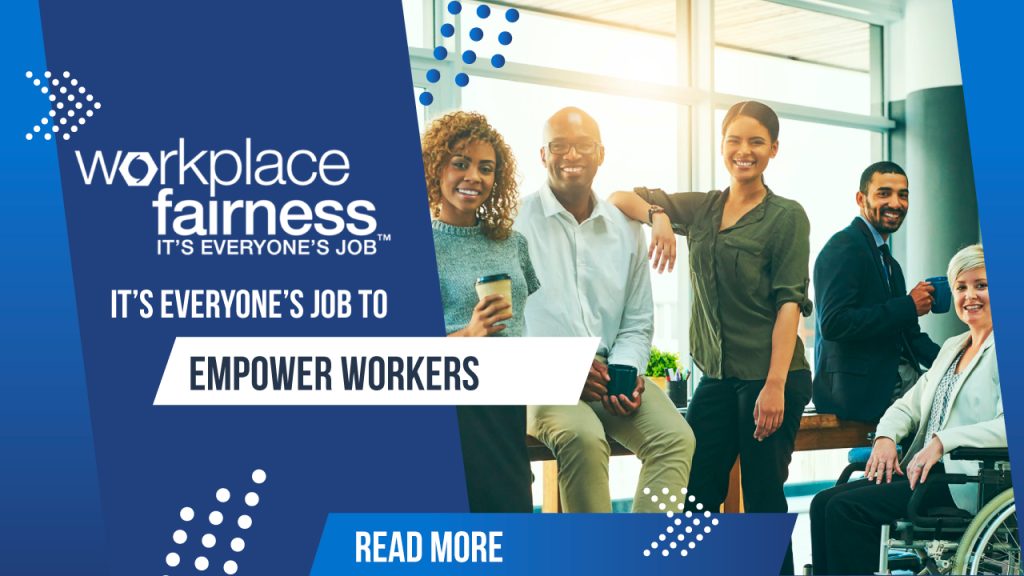The Labor Day holiday implies adults in the workforce, but this day involves younger generations, too. Witness the millions of parents, and their kids, getting used to quickly changing schedules as the latter group goes back to school.
It’s fitting, then, that this post start off as a generational footnote to a post I wrote recently on a BlessingWhite survey of thousands of workers, and some of their managers, in the context of working women in Generation Y. Among other “pitiful” results, their survey found that employees in this generation are the least engaged among the three generations it measured.
In looking for the root cause of this disengagement, I went back to the long-held notion that people don’t quit companies, they quit people. Turns out that three other new studies prop up this perception further. What’s more, the root cause seems to be your boss, and even your boss’s boss.
As Personnel Today recently noted on its website, quoting the Institute for Employment Studies’ Human Capital Measurement,
organisations that have commitment from senior executives to monitoring employee engagement will reap rewards in improving staff morale, and therefore improving customer satisfaction.
So if a company’s leadership is on board with actively and frequently engaging employees, two important metrics – one inside and one outside – are positively affected.
A corollary to improving morale turned up in another study of over 2,000 organizations by human capital management consulting firm HR Solutions. According to this press release, they found that whether employees are engaged or disengaged by their supervisors makes a huge difference when it comes to whether and how they pitch suggestions to fix problems in an organization, as well as how much value they’re perceived to be adding in a group or team building setting.
“These scores underscore the importance of the immediate supervisor in engaging the workforce,” Murat Philippe, a principal consultant at HR Solutions, says in the release. “A supervisor’s chances of having productive … employees can hinge on whether the employees feel valued and empowered.”
So now we know (if we didn’t before) that buy-in and long-term commitment of both senior and middle management is needed to ensure productivity is at its highest. But what lessons can small businesses take from this?
One answer emerged from yet another survey. As BusinessWeek recently announced – they got the exclusive on this – a joint study of 1,000 public and private companies by IBM and the Human Capital Institute found that small companies, with one to 1,000 employees,
were 4% better than the total sample [which included firms with up to 50,000 employees] at collaboration and sharing knowledge, 6% better at promoting virtual working, and 4% better at identifying relevant skills.
I read these results as integral to (respectively) task completion speed and accuracy; increasing average employee tenure; and recruiting ability, including effectively promoting from within.
So if you’re the leader of a small firm and you want to improve any or all of the following…
- attracting and retaining top talent,
- productivity,
- driven-down decision making, or
- customer satisfaction
…then you really need to look closely at how both you and your managers are engaging the rest of your workforce.
Bonus: To help in this regard, this pdf provides a number of low-cost, high-impact employee engagement methods focused on learning. We created this list based on our experience helping small businesses and nonprofits improve their work environments. Enjoy!
About the Author: Mark Harbeke’s role is to ensure that content on Winning Workplaces’ website is up-to-date, accurate and engaging. He also writes and edits their monthly e-newsletter, Ideas, and provides graphic design and marketing support. His experience includes serving as editorial assistant for Meredith Corporation’s Midwest Living magazine title, publications editor for Visionation, Ltd., and proofreader for the National Association of Boards of Pharmacy. Mark holds a bachelor’s degree in journalism from Drake University. Winning Workplaces is a not-for-profit providing consulting, training and information to help small and midsize organizations create great workplaces. Too often, the information and resources needed to create a high-performance workplace are out of reach for all but the largest organizations. Winning Workplaces is changing that by offering employers affordable consulting, training and information.
(Cross-posted from Winning Workplaces Blog)




